A career path is a chart that outlines the stages you should take in your professional life to develop into new or more senior responsibilities at work. Employees are guided toward achieving their long-term professional ambitions and future aspirations through various positions and experiences. Employees are not the only ones who gain by choosing their career path. Employee engagement and long-term relationships with the organization are also advantageous to employers. In addition to raising employee morale, this increases employee productivity.
Corporate Career Path
A career path you design with your immediate boss is an organizational career path, commonly referred to as a career ladder or a vertical career plan. Climbing the corporate ladder is the objective. Several career options are available for those who do not want to work in management, even though many leads to management jobs.
Many firms have already created a framework for career paths for their personnel. Here is how the procedure might appear: You design your professional path with your manager. Together, you will set objectives for your professional lives. These objectives will get you ready for the next stage of your career path, including:
- Assisting with unique project work
- Taking a course online
- Obtaining a certificate
- Helping coworkers
- Observing a coworker for a day
You should regularly examine your milestones and goals to stay on track. Additionally, you must assess your career path at least once every three months with your direct manager. Schedule meetings with your management to check in on your progress.
Personal Career Path
A professional path you design for yourself is called a personal career path. It is based on a self-evaluation of your abilities, passions, interests, hobbies, and values. Your career can be built on a personal career path without being bound to a particular company.
Make a list of your strengths, interests, and hobbies if you’re ready to start planning your career path. Then list the issues that are most important to you. Consider every item on your list and the sectors that could profit from your talent. For instance, if you enjoy working with kids, consider a career in education. Consider a career route for pediatric nurses or doctors if you prefer healthcare to teach.
To determine your ideal job, you may take a personality test or a career path questionnaire. When you have a personal career path, you have total control over your job development. A more time-consuming but potentially very rewarding professional path is personal. You must exercise initiative to locate tools that support career advancement. Do some research on the topics that will help you get the next job. Even if a different company employs them, establish connections with those in your field.
Type of Career Paths?
A professional path might be vertical or horizontal, depending on a person’s possibilities, interests, and objectives.
- Depending on a person’s preference for more or less time commitment and responsibility at work, a vertical career path may involve moving from lower to higher-level roles.
- Depending on a person’s desire to gain new knowledge or experience, horizontal career routes involve lateral mobility within a company, an industry, or several industries.
Why is Choosing a Career Path so Crucial?
Career paths are a tool businesses use to improve employee engagement and retention. When a clear career path is in place, employees are more inclined to stay with the organization. Employees are further encouraged to advance when there is a clear career path within a company. As a result, the organization has less turnover while still achieving its short- and long-term goals.

According to Glassdoor research, employee turnover is caused by a lack of job advancement. After a few years, employees who don’t get a pay raise or a title change are more likely to leave their jobs. Employers who provide this kind of professional advancement are significantly more appealing to employees. This is especially true today because more people are working remotely.
Additionally, employee turnover can be very expensive. Replacing an employee can cost up to 21% of that person’s annual income when you consider the expenses for recruiting, hiring, training, and onboarding. According to one study, career development programs will help businesses save time and money.
As you can see, corporations place great importance on creating career paths. What’s in it for you, though?
How Do You Choose a Career Path?
Employees must consider their personality, job goals, and future ambitions when deciding on a career path.
When assisting a worker in making thoughtful, strategic decisions about their professional path, use these three steps:
Be mindful of your personality. What underlying principles govern you? What sort of work brings you joy? Do you like to specialise in one or more specialties or remain a generalist? What are your strengths and weaknesses? Do you prefer spending time with others or alone? Which personality types do you prefer to work with?
Select a few career objectives. Do you intend to work your way up to the executive level, or would a less demanding role make you happier? Which job title do you want to see after your name on a business card? Do you have a target wage in mind (along with a deadline)? What time and place do you prefer to work?
Assess any future goals that require consideration of your job route. Are you prepared to return to school if necessary? Do you have any major vacation time scheduled for a life event? Are you adamant about retiring early?
The answers to these inquiries will direct your employee toward or away from particular career choices depending on whether they suit their personality, professional objectives, and long-term intentions.
How Can a Career Path Be Created?
The following six steps should be followed by your employee in order to develop a successful and happy career path that will achieve their aims and objectives:
- Find your essential principles.
- Put your attention on your chosen fields and passions.
- Analyze your present skill set and educational level.
- Describe your professional aspirations.
- Consider your fundamental salary necessities and preferences (and a timeframe for meeting compensation goals).
- The abilities, experiences, and job titles that must be attained within the specified time frames should be listed in a five-year career plan. Use a 10-year career plan in the same way.
Under the direction of their boss or an HR professional, employees frequently chart their career paths during performance reviews.
6 Essential Career Books To Get You Started
Even though there aren’t 6″great” books, one of these may have the information you’re looking for. Now that we’ve covered the top 6 career books, it’s time to fill your shelves.
#1. Expect to Win:
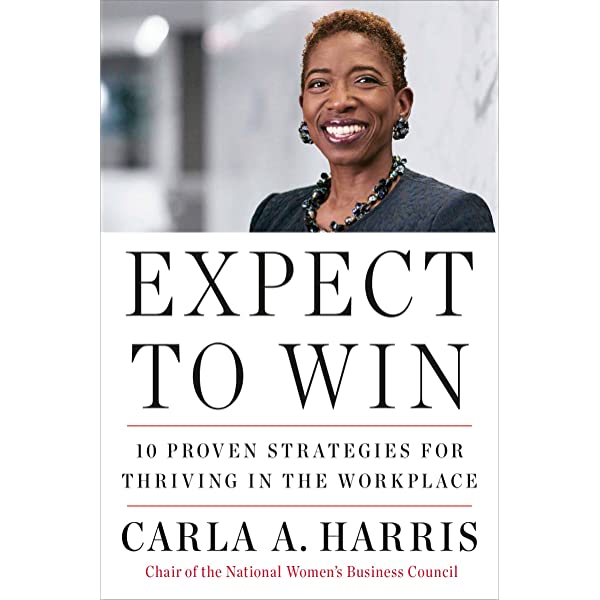
Anyone hoping to advance in their job should read Expect to Win: Proven Strategies for Success from a Wall Street Vet. It’s no small accomplishment for author Carla Harris to rank among Wall Street’s most influential women.
Carla learned the survival skills necessary for business success as her career developed. She vowed to spread her knowledge throughout the world. In each chapter of this book, you’ll discover new knowledge nuggets to help you reach your career potential.
Buy it From -> Amazon
#2. The Confidence Code
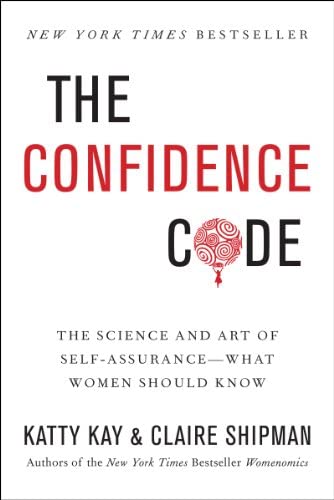
According to authors Katty Kay and Claire Shipman, women today are more educated and qualified than before. But confidence is still a problem that stands in the way.
The Confidence Code delves into studies to assist women in stepping confidently into the professional sphere. The book examines intellect, behavior, gender, and genetics. Women will find practical advice in this book on pursuing the careers they deserve (and some inspiration along the way).
Buy it From -> Amazon
#3. The Long Game
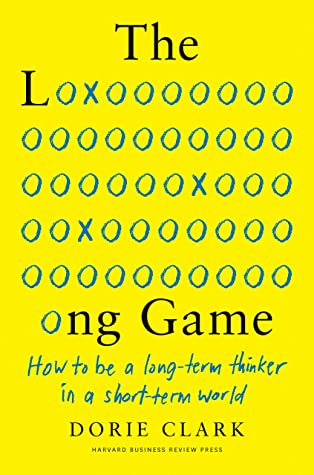
Dorie Clark, a recognised authority in her field and an adjunct professor at Duke University, offers advice on how to end the cycle of feeling hurried, overburdened, and perpetually behind.
The argument made by Clarke in The Long Game: How to Be a Long-Term Thinker in a Short-Term World is that we all have the same 24 hours in a day. But if we use the right strategies, we may improve our effectiveness and time management abilities. Clarke guides the reader through the steps involved in creating frameworks and strategies for long-term success. Clarke talks about how to change your job by getting away from the busy daily grind.
Available on -> Goodreads.com
#4. I Could Do Anything If I Only Knew What It Was

Author Barbara Sher encourages her readers to consider the possibility that there is more to life than what they are currently experiencing. This book is a New York Times bestseller because the author firmly believes that a life without passion is meaningless. It will guide you in locating your “long-lost ambitions” and conquering the obstacles in your path.
Buy it From -> Amazon
#5. Drive
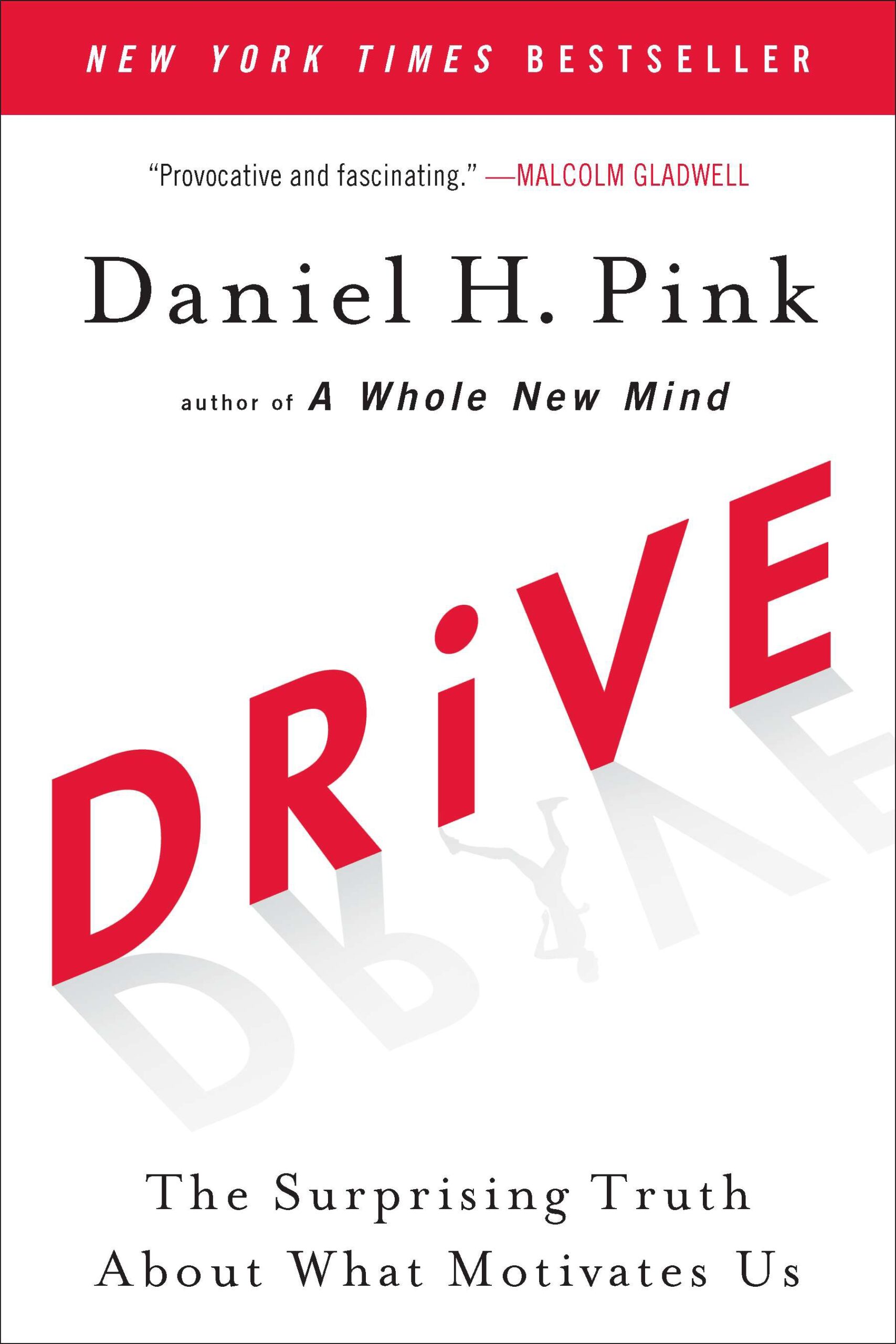
This book debunks common misconceptions regarding motivation. It also discusses how some modern businesses still adhere to antiquated notions of motivation.
Pink also uses data and science to reveal the startling truth about human motivation. Using scientific evidence, he explains to readers why rewards and punishments typically backfire. He also discusses the desire for meaningful work with a purpose.
Buy it From -> Amazon
#6. Pivot
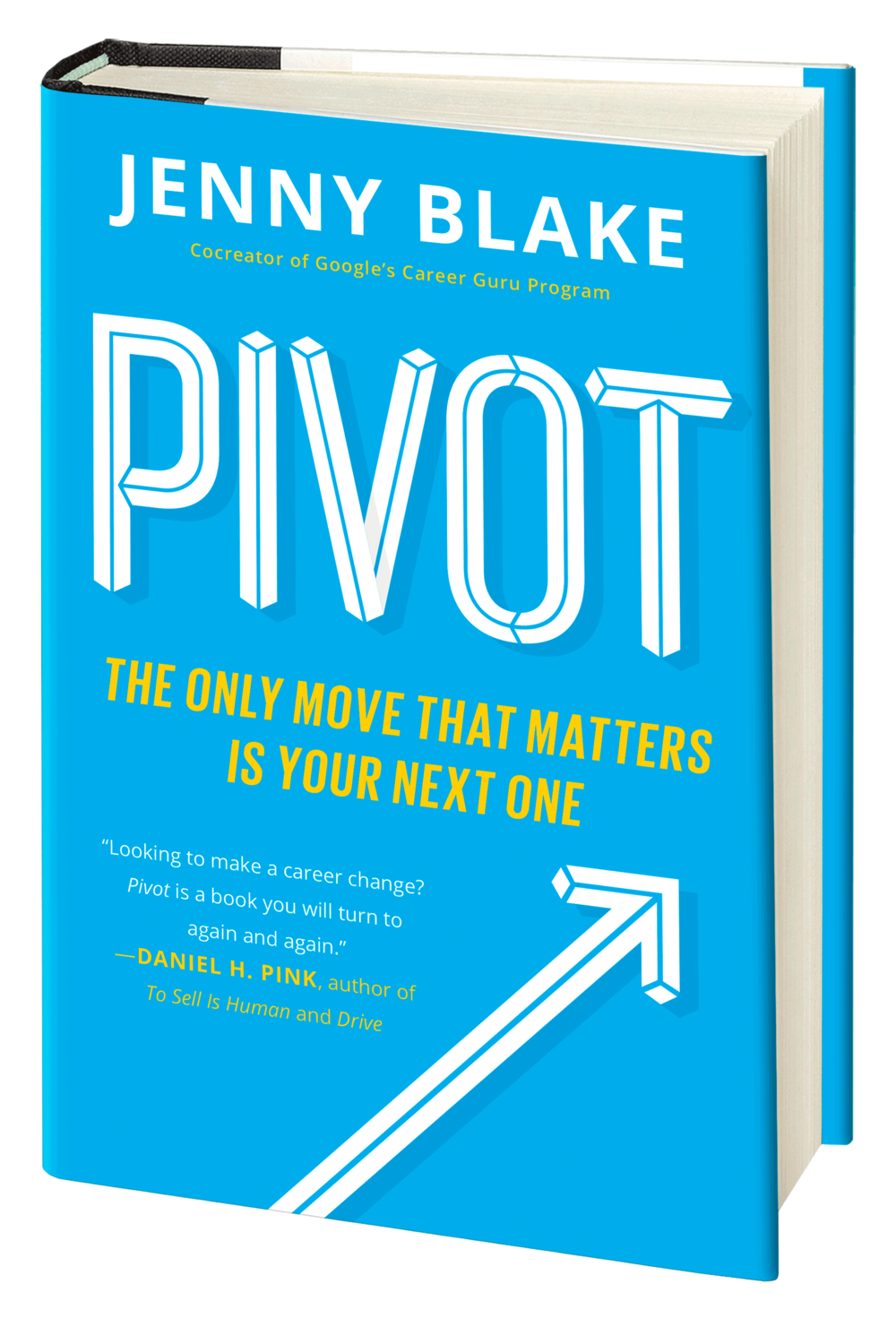
Pivot: Your next action is the only one that counts. A must-read to determine what comes next is One. Former Google professional development program manager Jenny Blake is the author. She describes how to plan your next professional move methodically and strategically in this book.
Over the past few years, millions of workers have changed directions in their professions. This book provides insightful advice for whatever direction you wish to take in your career.
Buy it From -> Amazon
Work on Your Career Path Right Away
It’s never too early to consider your job options. Also, it’s never too late! Making a career plan is the ideal first step if you’re enthusiastic about developing your professional career. Additionally, career literature can teach you more about possible job routes.
Analyze your present knowledge, interests, and experiences to start. After that, consider your desired profession. The steps in your career path will be the positions and abilities you need to acquire to advance from your current position to your ideal role.

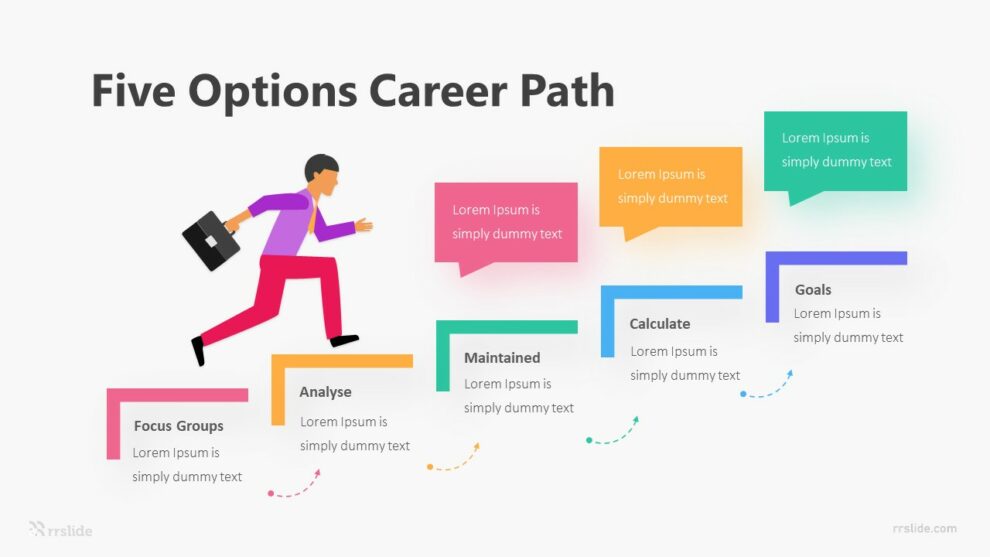








Add Comment